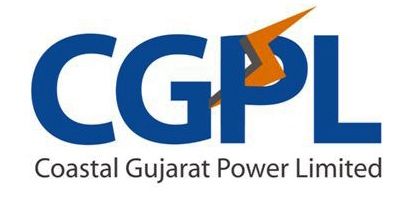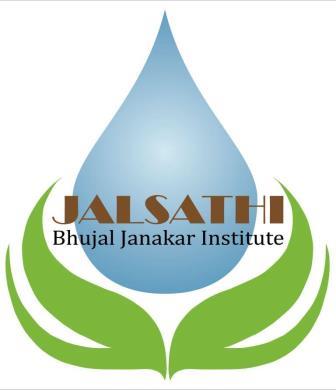In the current era of the water crisis, groundwater resource is proven to be the most reliable and sustainable resource for to match all the water demands. Groundwater resource became more reliable resource in arid areas like Kachchh district where drinking and domestic water as well livelihood water requirements are fulfilled by groundwater. The proportion of surface water source is much lesser than the total water requirement. Groundwater is accessible at decentralized level. These all make the resource more fragile and under pressure of exploitation and has led to issues like water table depletion, quality deterioration and salinity intrusion. Despite many programmatic interventions at different levels, some gaps have been felt such as lack of aquifer science in management decision making, active engagement of community, inefficient techniques and technological alternatives specific to location/aquifer and integrated planning and collaboration.
Bridging these gaps is most important for the future, for sustainable development. Groundwater management also requires a long-term program with scientific and social involvement. With this background, Arid Communities and Technologies has started understanding the aquifers of Kachchh since 2010 and evolved the concept of Participatory Groundwater Management (PGWM) focused on community engagement, geo-hydrology science, technology and stakeholder’s participation. The concept is being demonstrated on coastal aquifer Kankavati Sandstone through multi-partnership among ACT, Geo-science Services (GSS) and PARAB water management financially supported by supported by Coastal Gujarat Power Ltd. (CGPL) and WIN Foundation. The partnership has unfastened the windows to accept the challenges to demonstrate PGWM in such a way that it has carved the roadmap to bridge above mentioned gaps.
The principal aim of the project is to demonstrate PGWM through developing the innovative technology and techniques and to set up project area as a field research laboratory on PGWM. The experiences of the same are disseminated through an institutional mechanism village level and aquifer level institution equipped with team of Bhujal Jankar. The aim has been achieved through various activities like action research, cluster level demand and supply management, field research lab, technology, innovation and institution building. Trans-disciplinary & integrated approach has been adopted to implement the project that include geo-hydrology, engineering, agriculture science, social science and policy advocacy.
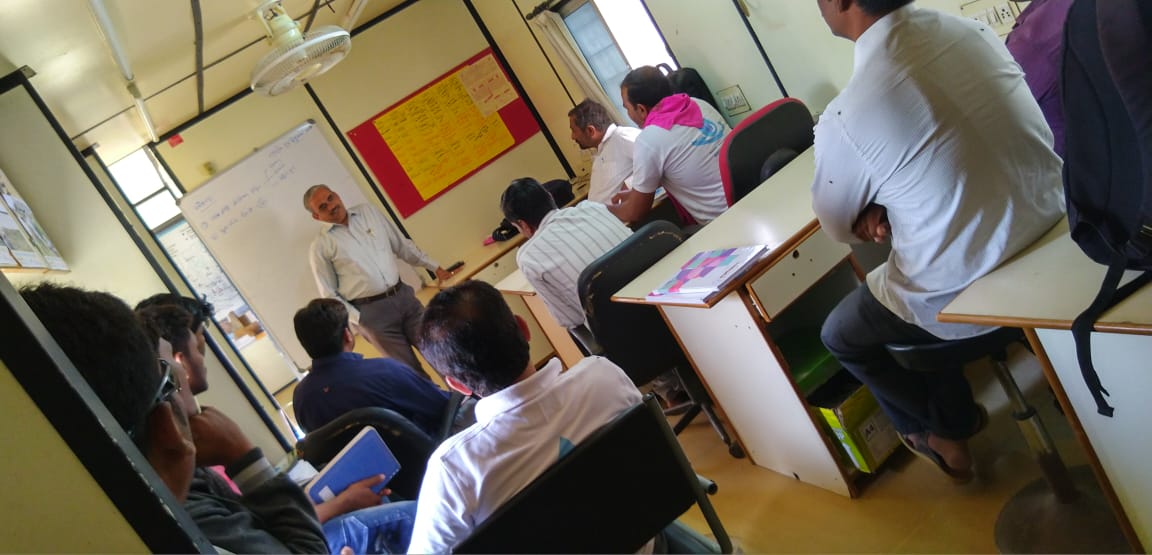
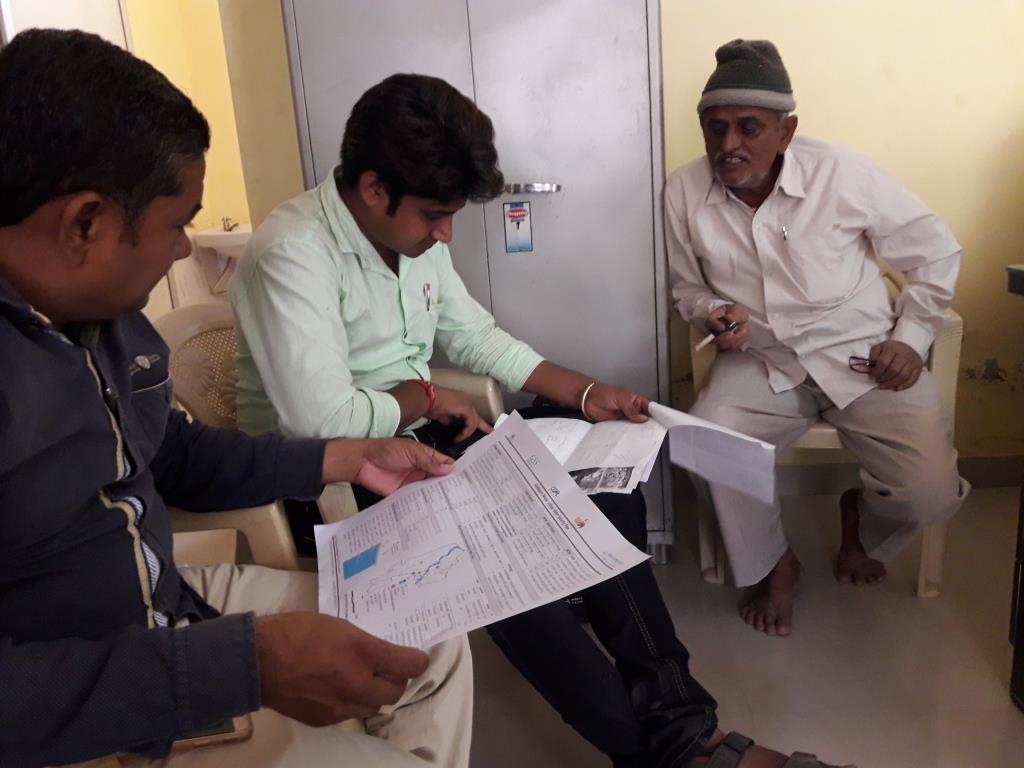
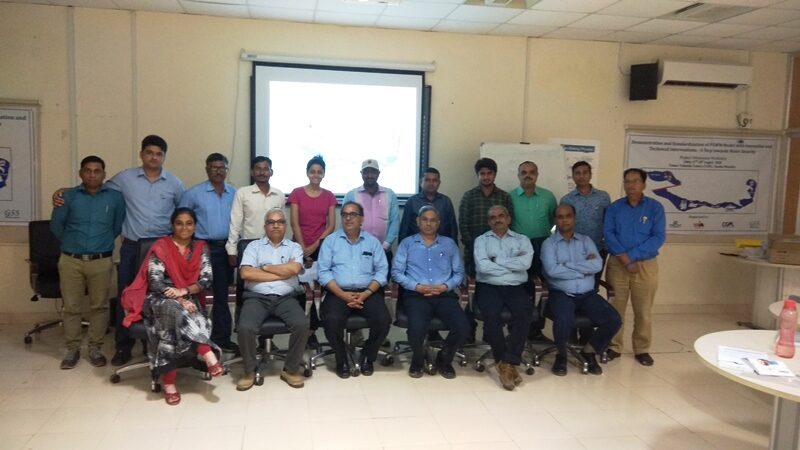
The project is being implemented in two different scaled areas; (01) Kankavati sandstone aquifer spread area along the coastal track and (02) Intensive program demonstration in Cluster of villages of Munda-Mandvi block. Kankavati sandstone is a coastal aquifer speaded over 4000 km2 area covering 04 coastal blocks. The aquifer fulfills water requirements of drinking, domestic and agriculture for 350 villages. The region has large scale industrial development. Due to regional level common resource, the aquifer is under stress of water table depletion. As the aquifer located on coast, groundwater has been deteriorated due to sea water salinity. Therefore, on regional scale, awareness, advocacy and groundwater monitoring is being carried out. While entire PGWM concept has been implemented in cluster of 19 villages of Mandvi block. The project is named as K-MARC (Kankavati Managed Aquifer Recharge through Community.
